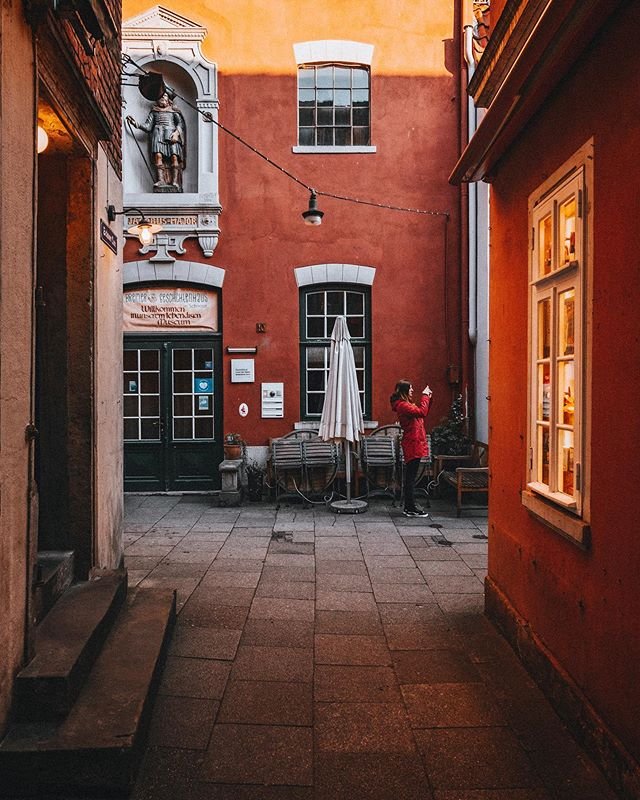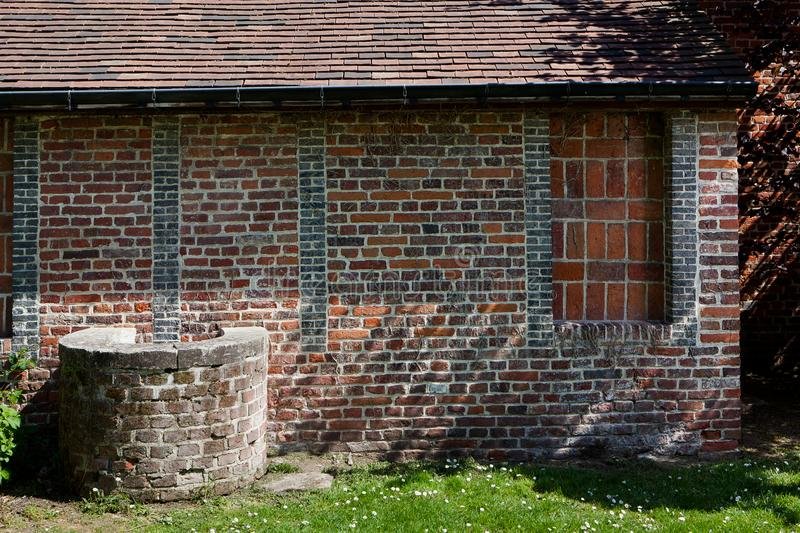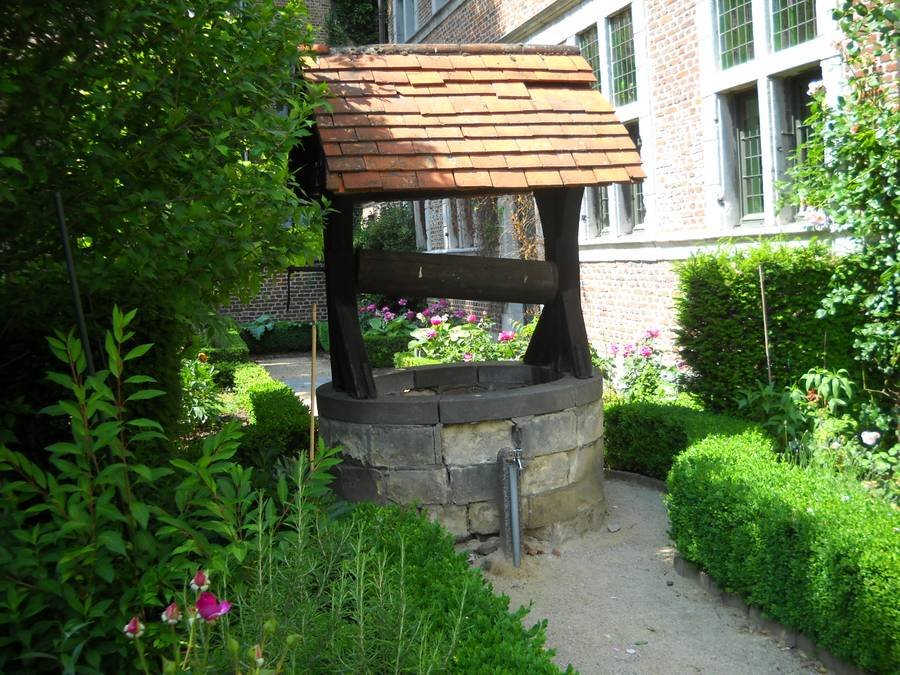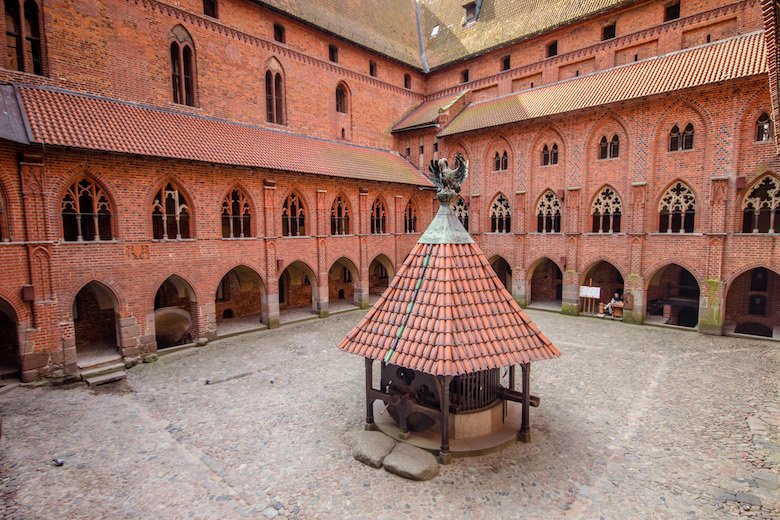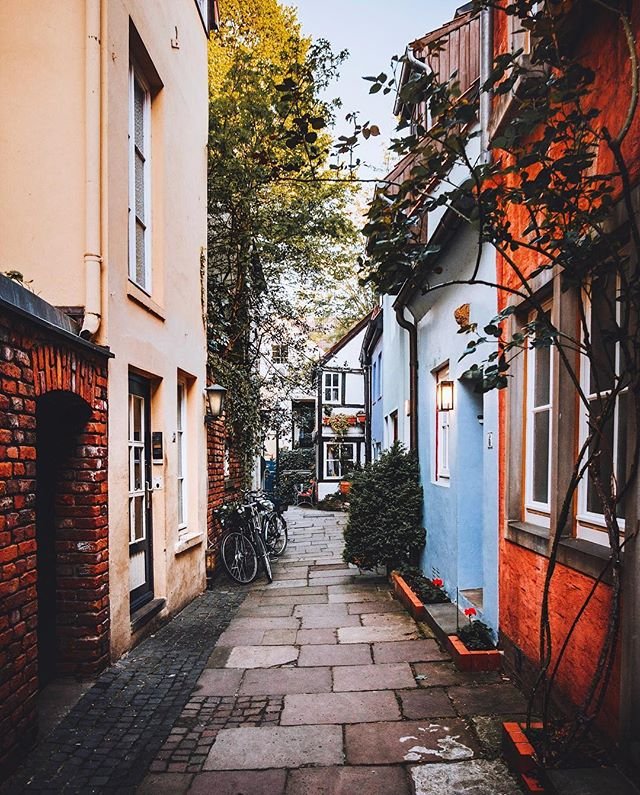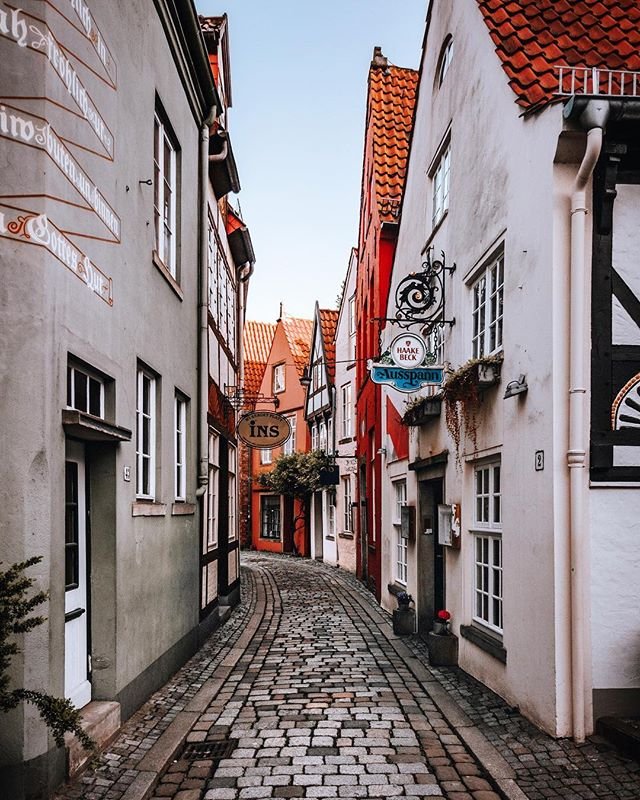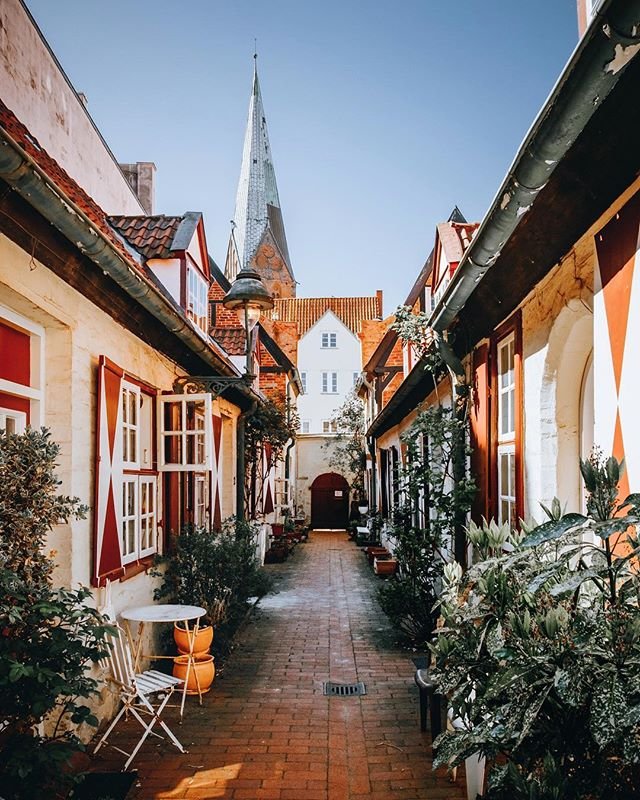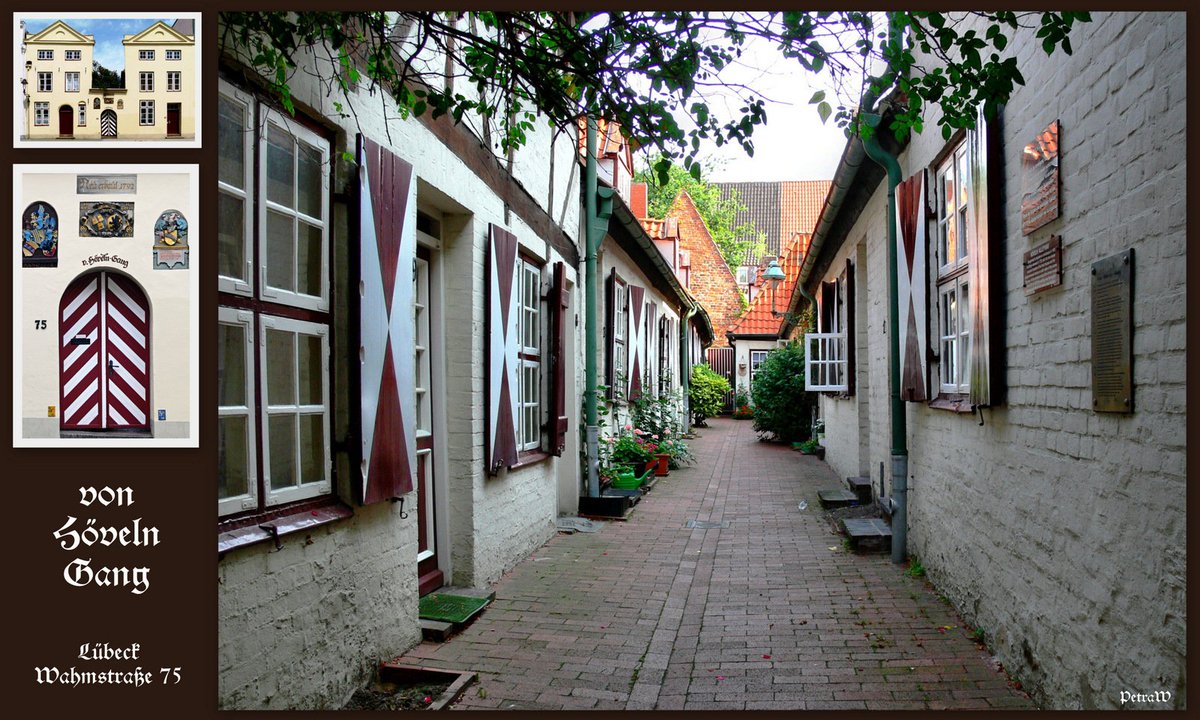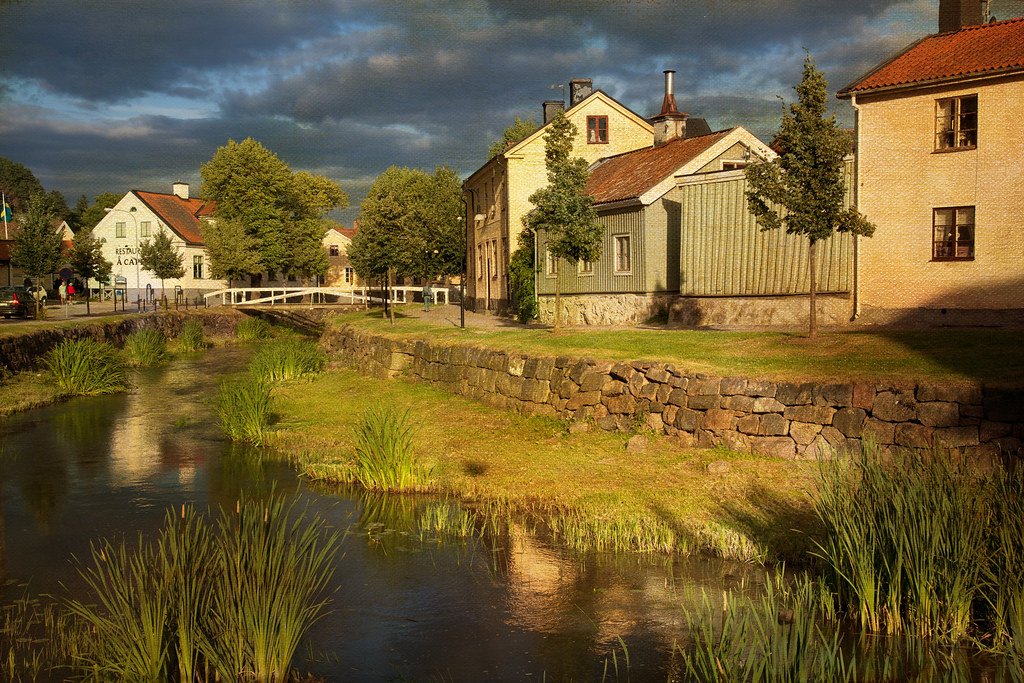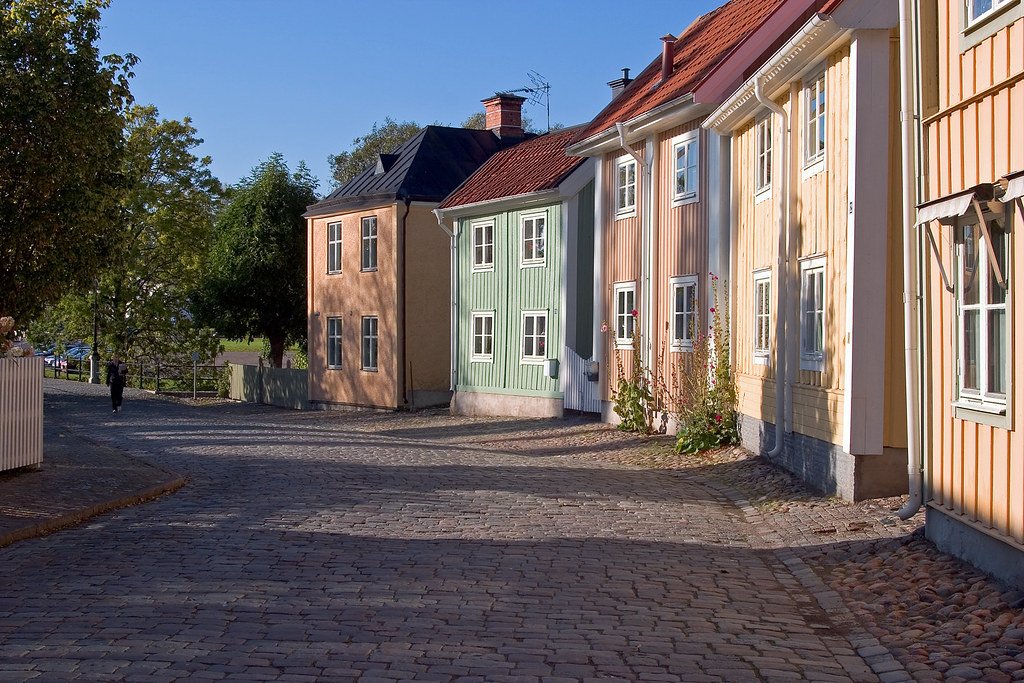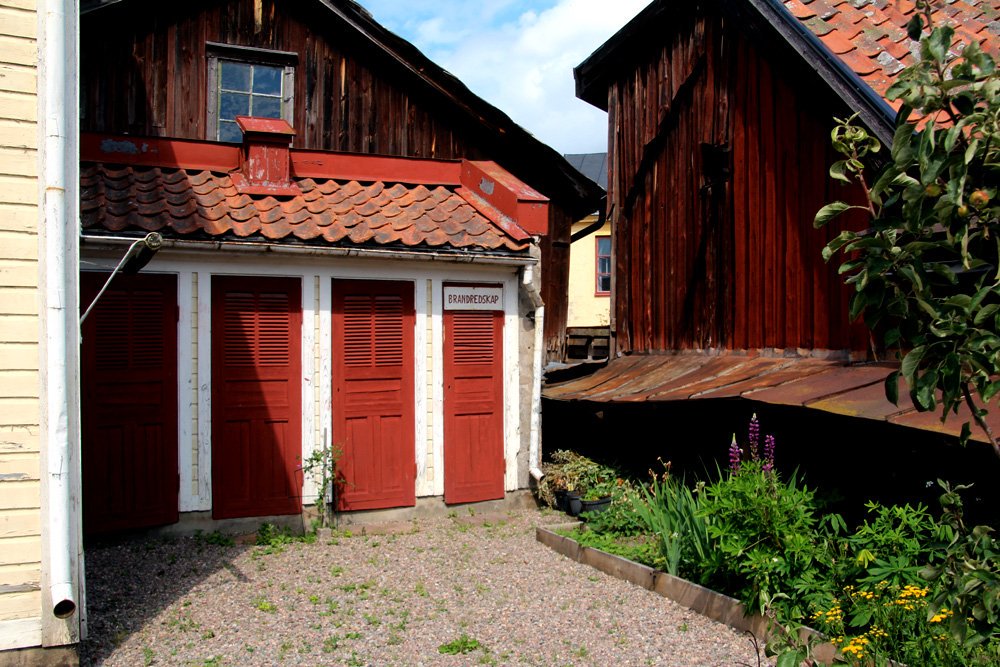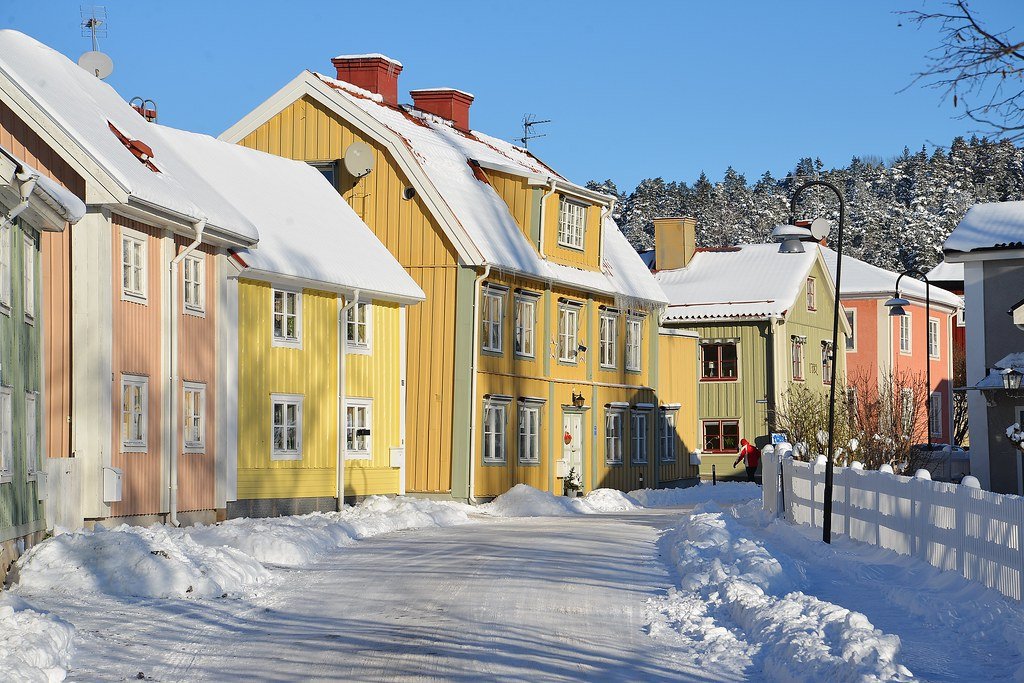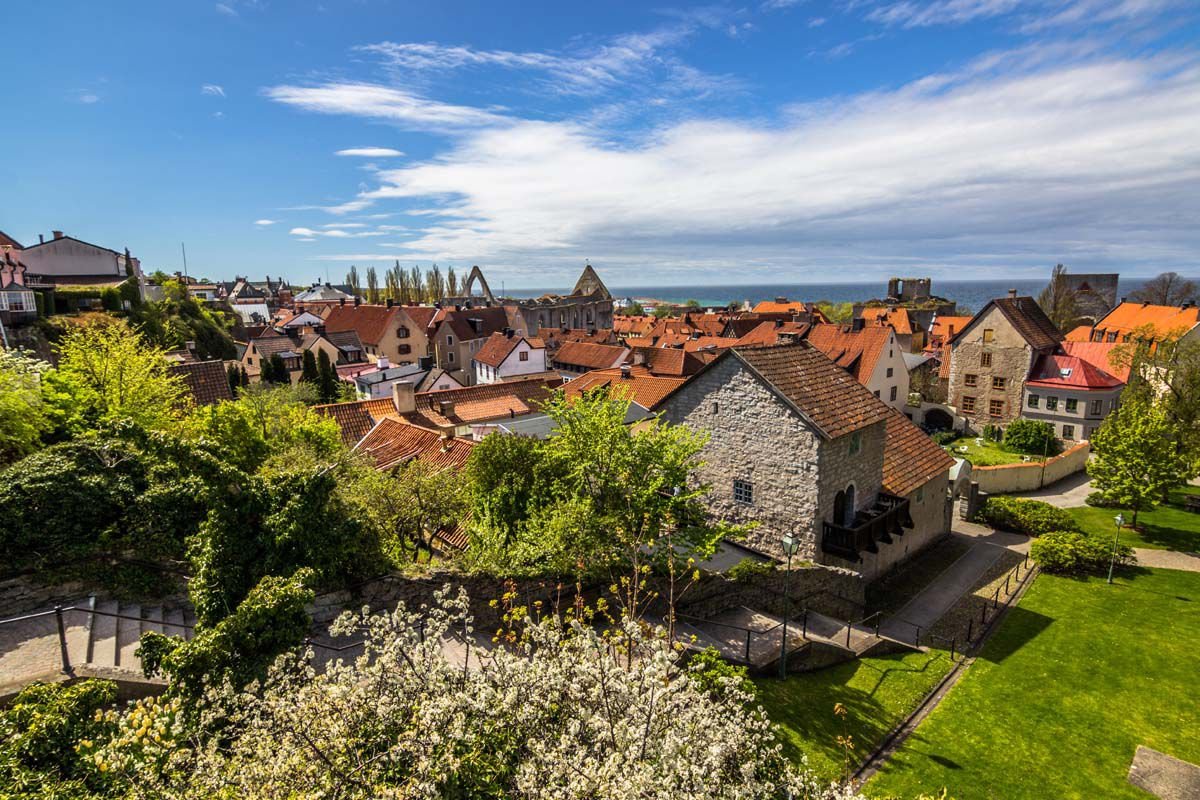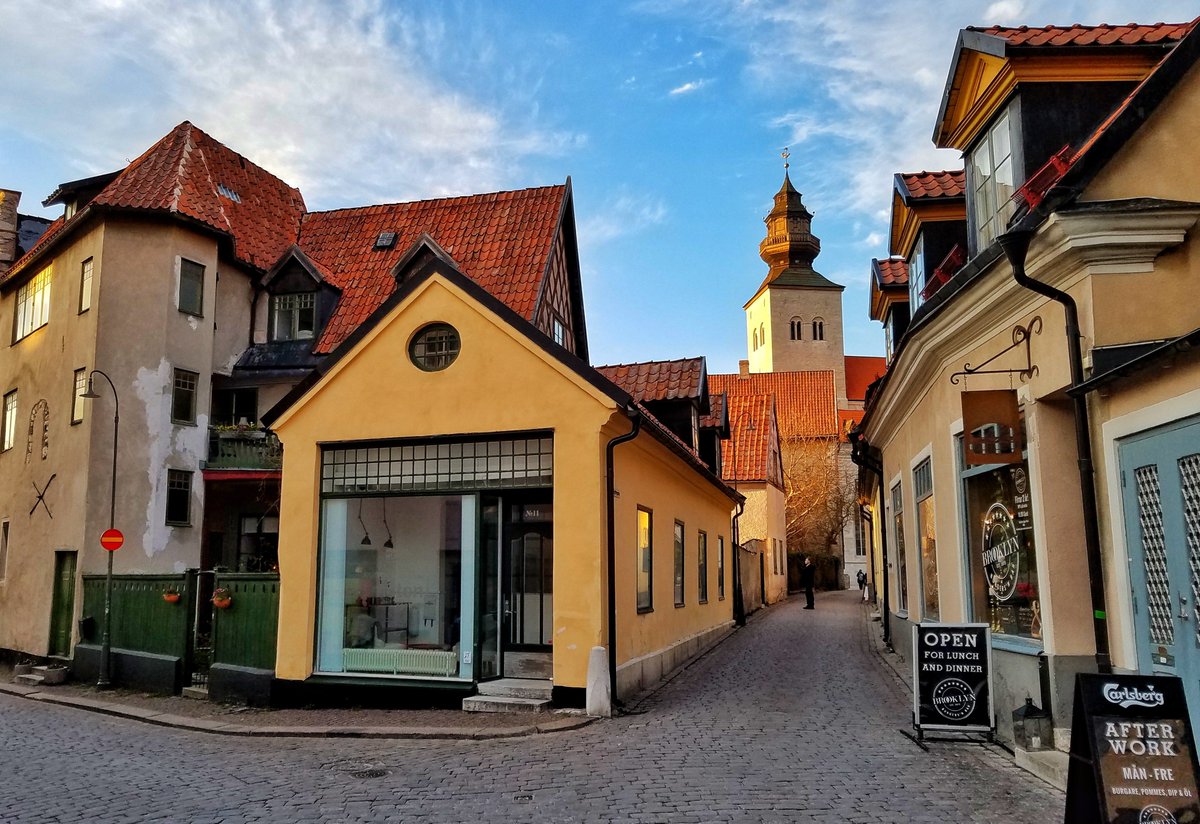Everyone has heard of the people making an effort to live more natural lives, off-grid, usually deep in the country or far away from other people. What if I told you we could live off-grid, but in the heart of cities and thriving urban communities? #OffGrid #UrbanPermaCulture
Water wells in the courtyards where possible, or aqueducts where needed. Europeans built thousands of these from the classical ages right into the modern times. It would mean far lower water infrastructure costs, and I doubt anyone would waste water they had to pull themselves.
A neighborhood built to the human scale without cars or public transport could house 1000s of people, with ample sized homes on what today is a medium sized shopping mall parking lot, all buildings up to three stories tall, built to the edge of the plot. Forget about micro homes.
These off-grid urban communities need not be big. The Von-Höveln-Gang in Lübeck, Germany, would work well as a model: less than 600 square meters and has six large townhouses, four of which have access to green courtyards. The "gang" itself functions as a pseudo-courtyard.
Founded in 1425, the Von-Höveln-Gang is a gated tiny street, most of the buildings date from the 18th century. Today one of these houses would sell for at least €600 000. Brick and timber and clay tiles.
Addendum: Many have expressed disbelief about the feasibility of off grid living in cities even though it was the norm for millennia. Let& #39;s look at waste disposal, where we have good information from Swedish medieval towns. Here is Söderköping, the largest in Sweden, funded 1202.
Still very charming, Söderköping was a planned city and although the norm at the time was to keep waste in buried waste barrels (later sold to farmers as fertilizer) here they had custom built water flushed sewage system: each house linked to a main that flushed into the river.
There was even a rudimentary system to separate valuable solids from fluids, all this built by hand from scratch in the early 13th century. We know from other towns that farmers would have to pay for the right to "access" the humanure.
The Swedish city Visby had an even more advanced sewage system in the 13th century. Each house had an underground septic tank connected to a city wide drainage system: the tanks would flush and the city would get rid of excess water in one go. It worked perfectly for centuries.

 Read on Twitter
Read on Twitter